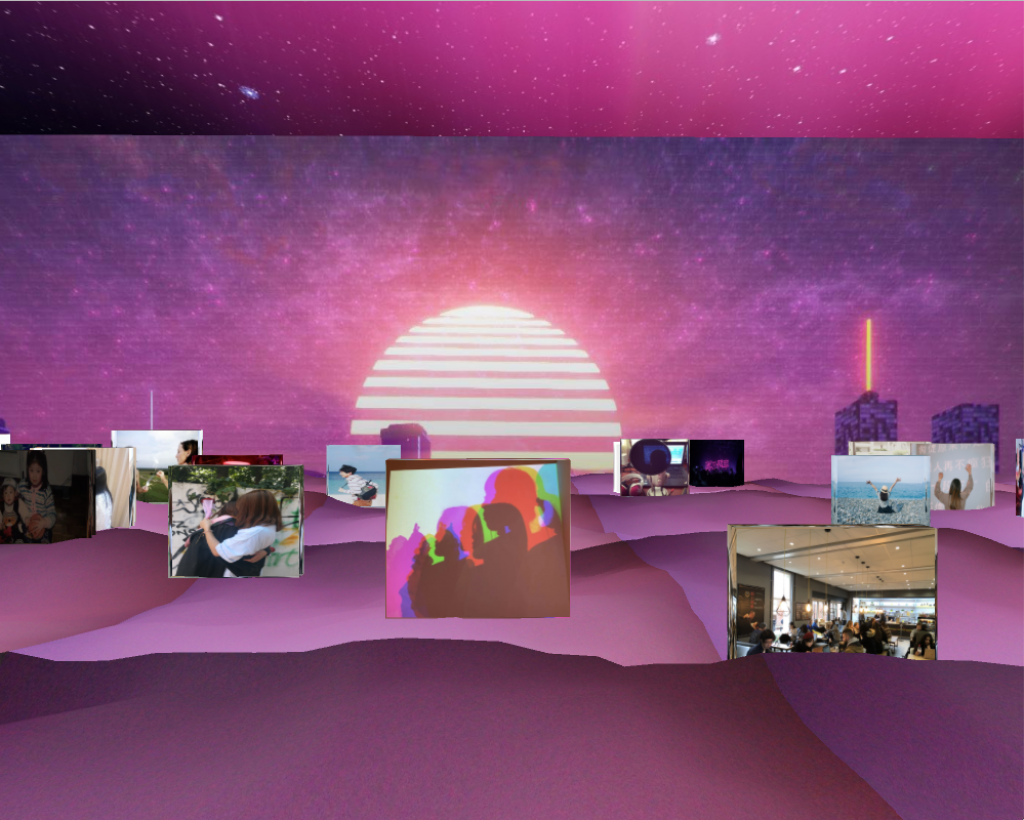When it comes to online casinos in the United Kingdom, Griffon Casino has quickly carved out a place for itself among the top-tier platforms. Owned by Aspire Global International Ltd, a well-established iGaming operator, Griffon Casino has quickly risen to prominence since its launch. Here, we'll delve into its games, security measures, customer service, and overall user experience, providing a comprehensive review of this online gaming giant.
A Vast Selection of Games
One of Griffon Casino's biggest strengths is undoubtedly its extensive game portfolio. Whether you're a fan of classic casino games like poker, blackjack, and roulette, or you prefer the thrill of modern video slots, Griffon Casino has you covered. The platform features games from top-notch providers such as NetEnt, Microgaming, Play'n Go, and Evolution Gaming, ensuring high-quality gaming experience. The live casino section deserves a special mention, offering the real-time gaming experience with professional dealers to make you feel like you're on the casino floor.
Fair Play and Security
Griffon Casino is licensed and regulated by both the UK Gambling Commission and the Malta Gaming Authority, two of the most respected regulatory bodies in the online gaming industry. This means players can rest assured that Griffon Casino adheres to the highest standards of fairness and security.
All games use a Random Number Generator (RNG) to ensure fairness, and the casino undergoes regular audits by independent third-party agencies. In terms of security, Griffon Casino uses the latest 128-bit SSL encryption technology to safeguard players' personal and financial information.
User-Friendly Interface and Mobile Gaming
Griffon Casino has designed its website with a focus on user-friendliness. The interface is easy to navigate, and games are categorised conveniently, allowing players to find their favourites effortlessly. The website's sleek design and responsive features make it compatible with all devices, providing a seamless gaming experience on both desktop and mobile.
Speaking of mobile gaming, Griffon Casino doesn’t have a dedicated mobile app, but this doesn’t hinder the gaming experience. The website is fully optimized for mobile browsers, enabling players to enjoy their favourite games on the go without the need to download anything.
Exceptional Customer Service
Griffon Casino boasts an excellent customer support team, ready to assist players with any queries or issues they may encounter. Support is available 7 days a week through live chat and email. Additionally, the casino has a comprehensive FAQ section that covers most common questions and issues, providing immediate assistance to players.
Responsible Gaming
Griffon Casino is committed to promoting responsible gaming. The platform offers a variety of tools to help players maintain control over their gambling activities, such as deposit limits, time-out periods, self-exclusion options, and reality checks. The casino also provides links to helpful organizations like BeGambleAware and GamStop for players who may need additional support.
Conclusion
In summary, Griffon Casino represents a reliable and exciting online gaming platform that meets the expectations of UK gamblers. With a broad range of games, robust security measures, excellent customer service, and a user-friendly interface, Griffon Casino has indeed succeeded in delivering a high-quality gaming experience. The platform's commitment to promoting responsible gambling further enhances its credibility, making it a great choice for both casual and experienced players alike.

